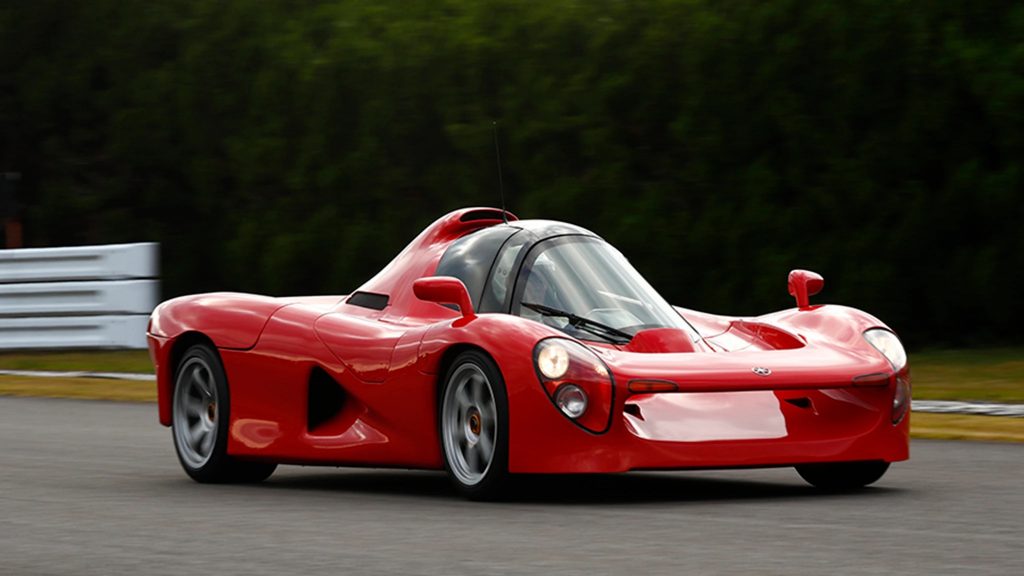Yamaha started life as a piano and reed organ manufacturer in 1887, then expanded to building motorcycles in 1954.
Later the firm collaborated with Toyota to help design the celebrated Toyota 2000 GT, launched at the 1965 Tokyo Motor Show. Once ready for production, they built the car between 1967 and 1970.
In 1989, Yamaha began competing in Formula 1 by supplying the German firm, Zakspeed with their 3.5-litre OX88 V8 engine for the Zakspeed 841. However, Zakspeed only qualified for two of the 16 races that year and, at the end of the season, team sponsor Imperial Tobacco withdrew their support.
Yamaha returned in 1991 with the OX99 engine: an all-new 3.5-litre V12 used by Brabham, with drivers Martin Brundle and Mark Blundell,
Yamaha was not content to continue as an F1 engine supplier and wanted to build their supercar. An English firm, International Auto Design (IAD) were responsible for the design and development. They started work in early 1991, and twelve months later, the prototype was ready.
The new car, known as OX99-11, had initially been conceived as a single-seater. Still, Yamaha wanted space for two passengers, so a tandem layout was adopted that reflected Yamaha’s motorcycling heritage.
Weighing in at 1150kg, Yamaha quoted a 0-62mph time of 3.2 seconds and a top speed of 217mph.
In early 1992, IAD had left the project over financial disagreements. Ypsilon Technology was appointed, but the six-month time frame given to finish the project was unrealistic; with the result, the project fell well behind schedule and was cancelled in early 1993, with the effect that Yamaha only built three prototypes.
Yamaha continued to supply their engines in Formula 1. They teamed up with Jordan, Tyrrell and Arrows, but significant success proved elusive, and, at the end of the 1997 season, Yamaha quit the sport for good.

